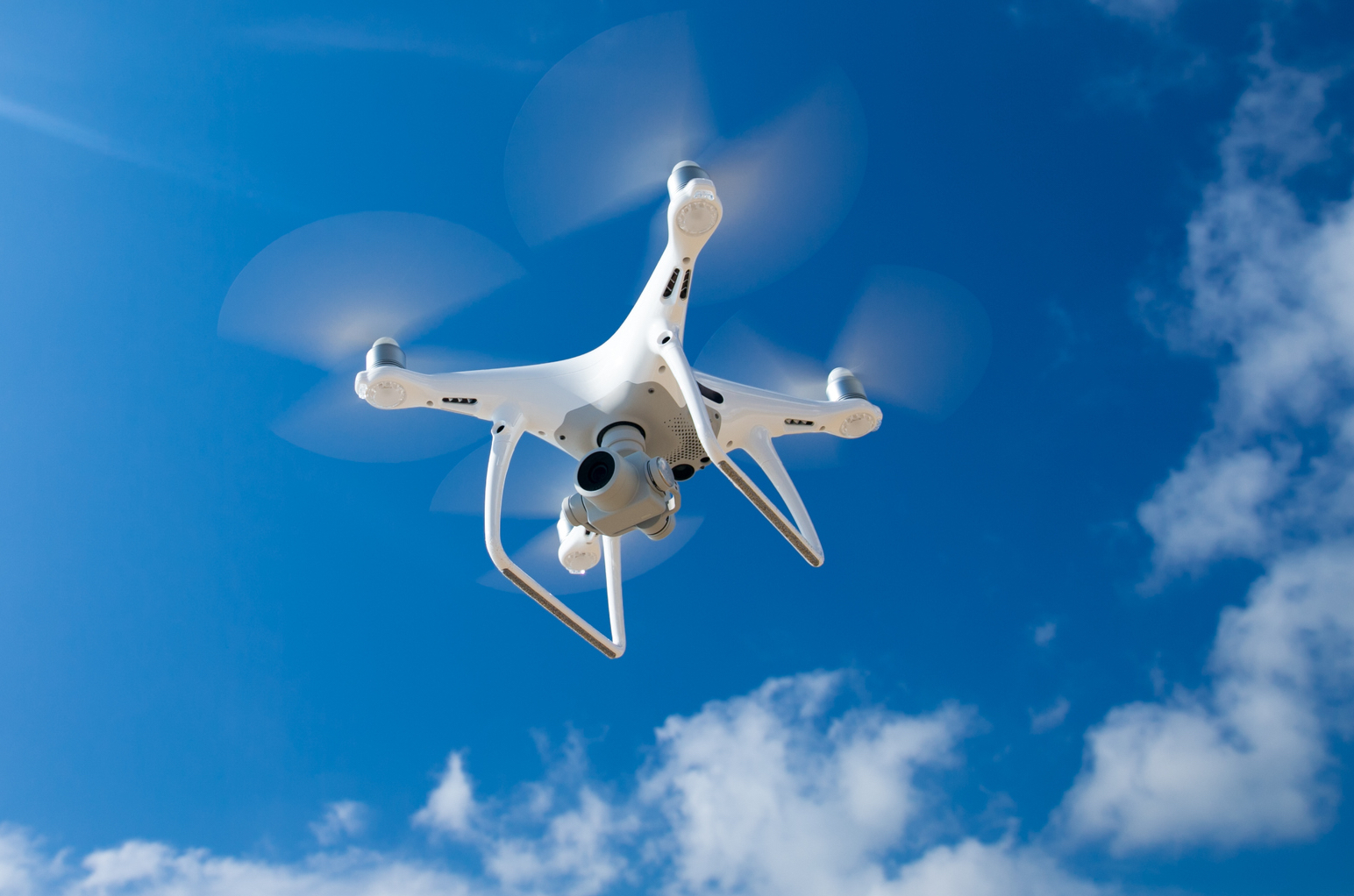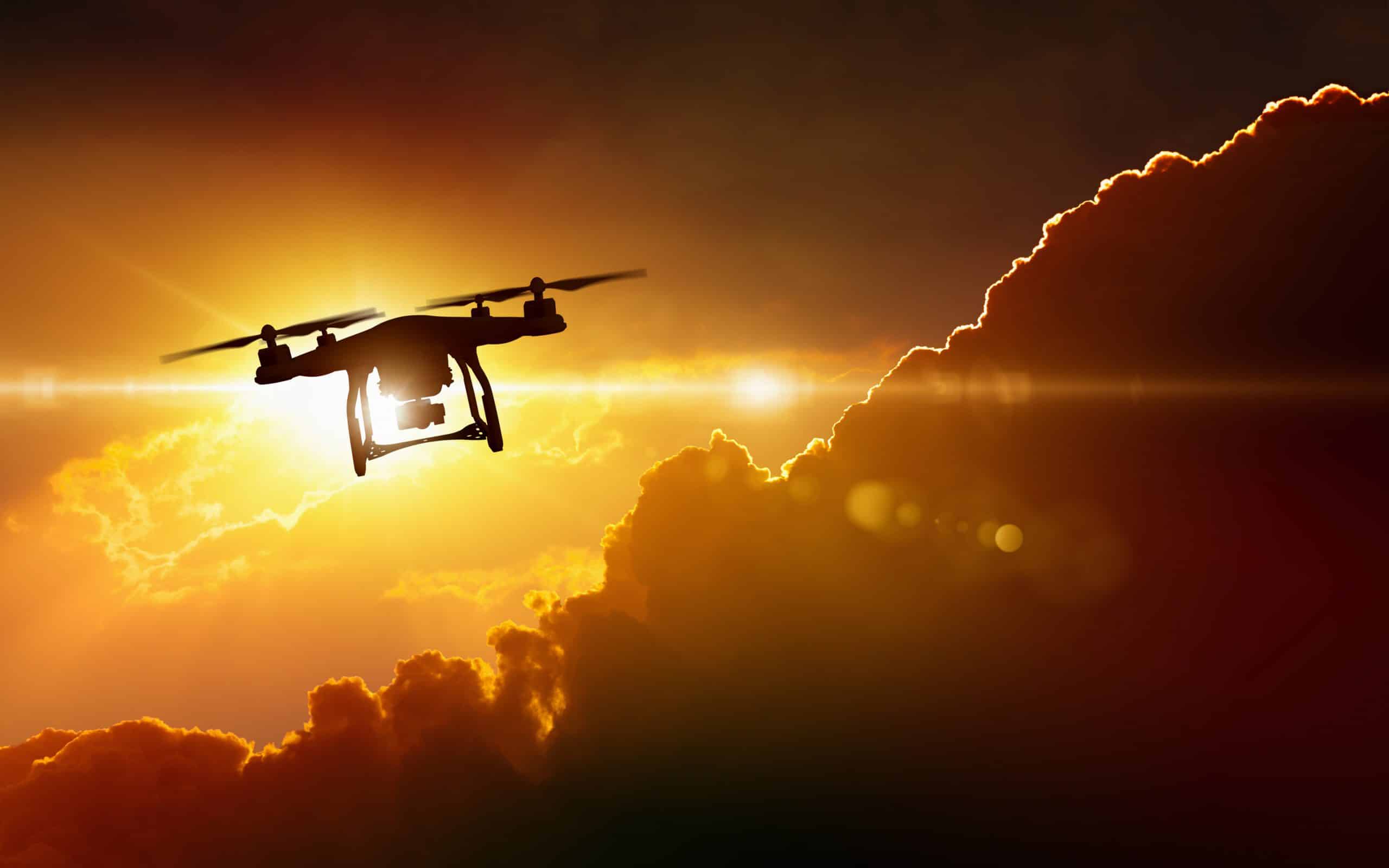Sky elements drones represent a fascinating convergence of technology and atmospheric science. This exploration delves into the capabilities of drones in observing and studying various atmospheric phenomena, from subtle cloud formations to extreme weather events. We will examine the challenges and opportunities presented by utilizing drones to gather data about the sky, highlighting the innovative applications and future potential of this rapidly developing field.
This examination will cover the diverse types of drones and their sensors, comparing their effectiveness under varying atmospheric conditions. We’ll analyze data processing techniques, discuss safety regulations, and explore the potential of artificial intelligence in enhancing data analysis. Ultimately, this discussion aims to provide a comprehensive overview of the current state and future possibilities of using drones to understand our atmosphere better.
Sky Elements and Drone Operations: Sky Elements Drones

The integration of drone technology with atmospheric observation presents exciting possibilities for scientific research, weather forecasting, and environmental monitoring. This exploration delves into the intricate relationship between sky elements and drone operations, encompassing the challenges, applications, and future trends in this rapidly evolving field.
Sky Elements: Defining the Scope

The sky, a seemingly boundless expanse, comprises a dynamic interplay of various elements. These include clouds, exhibiting diverse formations and influencing light conditions; the sun, a primary energy source affecting visibility and temperature; the moon, impacting nighttime operations and illumination; stars, providing celestial navigation reference points; and atmospheric phenomena like rain, fog, snow, and lightning, significantly impacting drone safety and operational capabilities.
These elements directly influence drone operation through factors such as visibility, wind conditions, and atmospheric pressure. For example, heavy cloud cover reduces visibility, hindering navigation and image acquisition. Strong winds can compromise stability and control, while precipitation can damage drone components. The impact on imagery is equally significant, with varying light conditions affecting image quality and requiring adjustments in camera settings.
Challenges for drone pilots include navigating low visibility, managing adverse weather conditions, and ensuring the safety of both the drone and surrounding environments.
Drone Technology and Sky Elements

Different drone types possess varying capabilities in diverse sky conditions. For instance, drones equipped with advanced sensors and robust stabilization systems are better suited for challenging conditions like low light or heavy cloud cover compared to less sophisticated models. High-end drones often incorporate features like obstacle avoidance systems and GPS augmentation for improved safety and reliability in adverse weather.
Various drone sensors offer unique advantages in capturing sky elements. RGB cameras provide high-resolution visual data, ideal for capturing cloud formations and atmospheric phenomena under optimal lighting conditions. Thermal cameras detect temperature variations, useful for studying heat plumes and atmospheric temperature gradients. Multispectral sensors capture data across multiple wavelengths, allowing for detailed analysis of atmospheric composition and cloud properties.
| Sensor Type | Low Light | Heavy Cloud Cover | Precipitation |
|---|---|---|---|
| RGB | Limited effectiveness | Reduced image quality | Significant image degradation |
| Thermal | Good effectiveness | Moderate impact | Moderate impact |
| Multispectral | Moderate effectiveness | Reduced data quality | Significant data degradation |
Current drone technology faces limitations in extreme weather conditions. High winds, heavy precipitation, and lightning pose significant risks to drone operation and data acquisition. Technological advancements are needed to enhance drone resilience and reliability in such challenging environments.
Applications of Sky Element Drones
Drones are increasingly utilized for atmospheric monitoring and research. Their ability to access remote and hazardous areas provides invaluable data for various applications.
Drones contribute significantly to weather forecasting and climate research by providing real-time data on atmospheric conditions, cloud formations, and temperature gradients. This data enhances the accuracy and timeliness of weather predictions and contributes to a better understanding of climate change.
Sky elements drones offer unparalleled aerial perspectives, capturing breathtaking footage from above. For a stunning example of high-altitude imagery, check out the incredible detail provided by the cobequid pass camera , showcasing the potential of advanced camera technology. This type of visual data is invaluable for understanding the capabilities of modern sky elements drones and planning future applications.
A hypothetical scenario involves using a high-altitude long-endurance (HALE) drone equipped with a suite of sensors (RGB, thermal, lidar) to study a developing tornado. The drone, remotely piloted from a safe distance, would collect data on wind speed, temperature, pressure, and cloud characteristics within the tornado’s vicinity. Data collection would adhere to strict safety protocols, with real-time monitoring and emergency landing procedures in place.
The data would then be analyzed to improve tornado prediction models and enhance public safety.
Data Analysis and Visualization from Sky Element Drones, Sky elements drones

Processing and analyzing drone imagery related to sky elements involves several steps. This typically begins with data pre-processing, including georeferencing, atmospheric correction, and noise reduction. Subsequently, quantitative analysis involves extracting relevant parameters such as cloud cover, wind speed, and temperature gradients. Qualitative analysis involves visual interpretation of images and videos to identify specific phenomena.
The increasing sophistication of sky elements drones raises important questions about their potential misuse. Recent events, such as the kazan drone attack , highlight the need for robust countermeasures and stricter regulations. Understanding the capabilities and vulnerabilities of these unmanned aerial vehicles is crucial for ensuring responsible development and deployment of sky elements drone technology in the future.
Visualizations derived from drone data effectively communicate complex atmospheric phenomena. Heat maps can represent temperature distributions, while 3D models can depict cloud structures and atmospheric layers. Time-lapse videos showcase the evolution of weather systems, offering insights into atmospheric dynamics.
AI and machine learning offer significant potential for enhancing the analysis of sky element drone data. Algorithms can automate data processing, identify patterns and anomalies, and improve the accuracy of atmospheric parameter estimations. This automation frees up researchers to focus on higher-level analysis and interpretation.
Safety and Regulatory Considerations
Operating drones in various sky conditions presents several risks. Low visibility, strong winds, and precipitation can compromise drone stability and control, potentially leading to accidents or data loss. Lightning strikes pose a significant threat to drone electronics. Furthermore, drones must adhere to airspace regulations and avoid conflicts with manned aircraft.
Regulations and safety guidelines for drone operation vary depending on location and the specific application. It’s crucial to obtain the necessary permits and licenses before operating a drone, and to adhere to all relevant regulations, especially regarding flight altitudes, restricted airspace, and weather conditions.
Sky elements drones, known for their robust design and advanced features, are increasingly used in various applications. However, the recent incident highlighted in this news report, a florida drone accident , serves as a stark reminder of the importance of safety protocols and responsible operation. Understanding such incidents is crucial for continued improvement in sky elements drone technology and operational guidelines.
- Thoroughly check weather forecasts before each flight.
- Avoid flying in adverse weather conditions (high winds, heavy rain, lightning).
- Maintain visual line of sight with the drone whenever possible.
- Have a backup plan in case of equipment malfunction or unexpected weather changes.
- Adhere to all relevant airspace regulations and obtain necessary permits.
Future Trends in Sky Element Drones
Advancements in drone technology will enhance the study and monitoring of sky elements. This includes improvements in sensor technology, longer flight durations, greater payload capacities, and enhanced autonomy. These advancements will enable drones to collect more detailed and comprehensive data across a wider range of atmospheric conditions.
Innovative applications are emerging in various fields. Drones are being utilized for environmental monitoring, detecting air pollution levels and tracking wildfire spread. In disaster relief efforts, drones provide valuable situational awareness and aid in search and rescue operations.
The future of drone technology in atmospheric science envisions a network of interconnected drones providing real-time data on a global scale. This will significantly enhance our understanding of atmospheric processes and contribute to more accurate weather forecasting and climate models. The integration of AI and machine learning will further optimize data analysis and prediction capabilities.
The integration of drones into atmospheric research marks a significant advancement, offering unprecedented opportunities for observation and data collection. While challenges remain, particularly regarding extreme weather conditions and regulatory compliance, the potential benefits in areas such as weather forecasting, climate change research, and environmental monitoring are immense. As drone technology continues to evolve, we can anticipate even more sophisticated applications, leading to a deeper understanding of our atmosphere and its complex dynamics.
Commonly Asked Questions
What types of data can sky element drones collect?
Sky element drones can collect a variety of data, including visual imagery (RGB, multispectral, hyperspectral), thermal data, and even atmospheric measurements using specialized sensors.
How do weather conditions affect drone operation?
Wind speed, precipitation, and visibility significantly impact drone operation. Strong winds can make flight unstable, while rain or snow can damage equipment. Low visibility reduces the effectiveness of visual navigation systems.
What are the legal requirements for operating sky element drones?
Regulations vary by location but generally involve registration, licensing, and adherence to airspace restrictions. Pilots must also comply with safety guidelines to prevent accidents and ensure responsible operation.
What is the cost of operating sky element drones?
Costs vary depending on the drone’s capabilities, sensor types, and operational expenses, including maintenance, insurance, and pilot fees. Specialized sensors and data processing software can add significant expense.